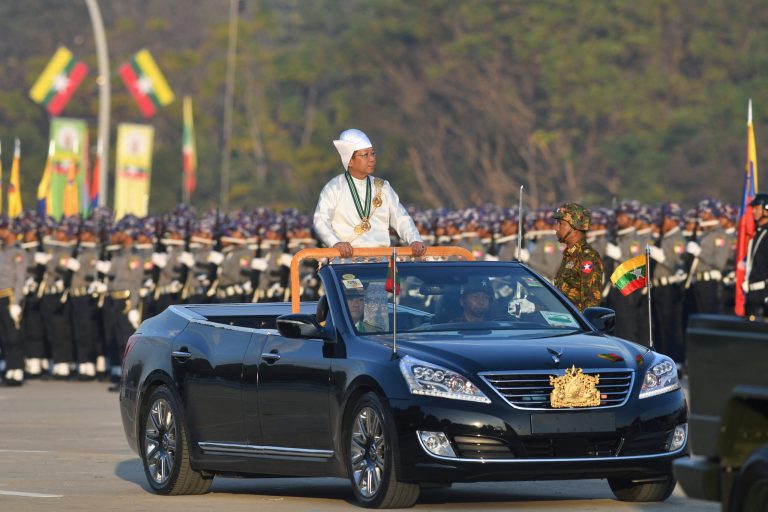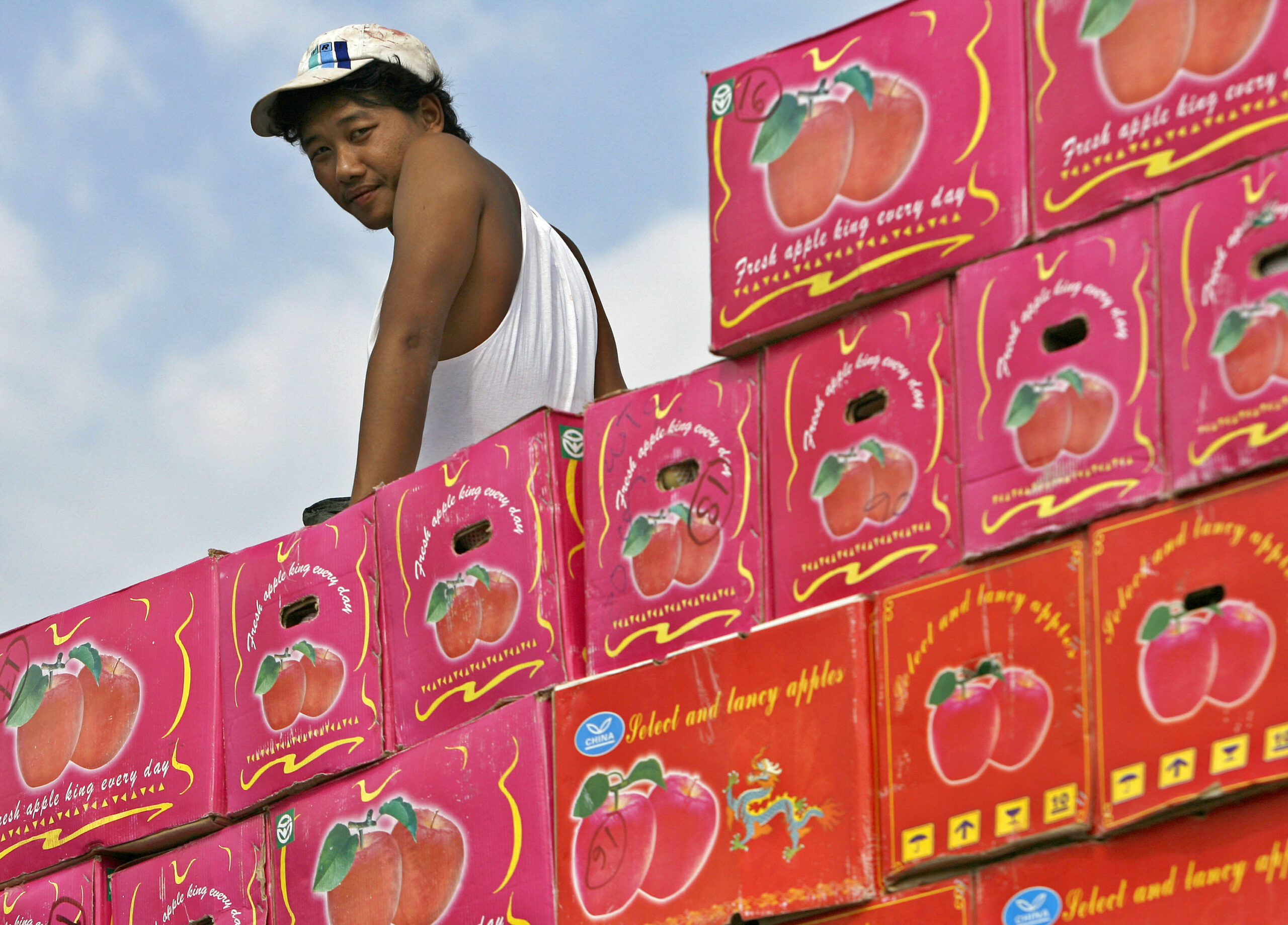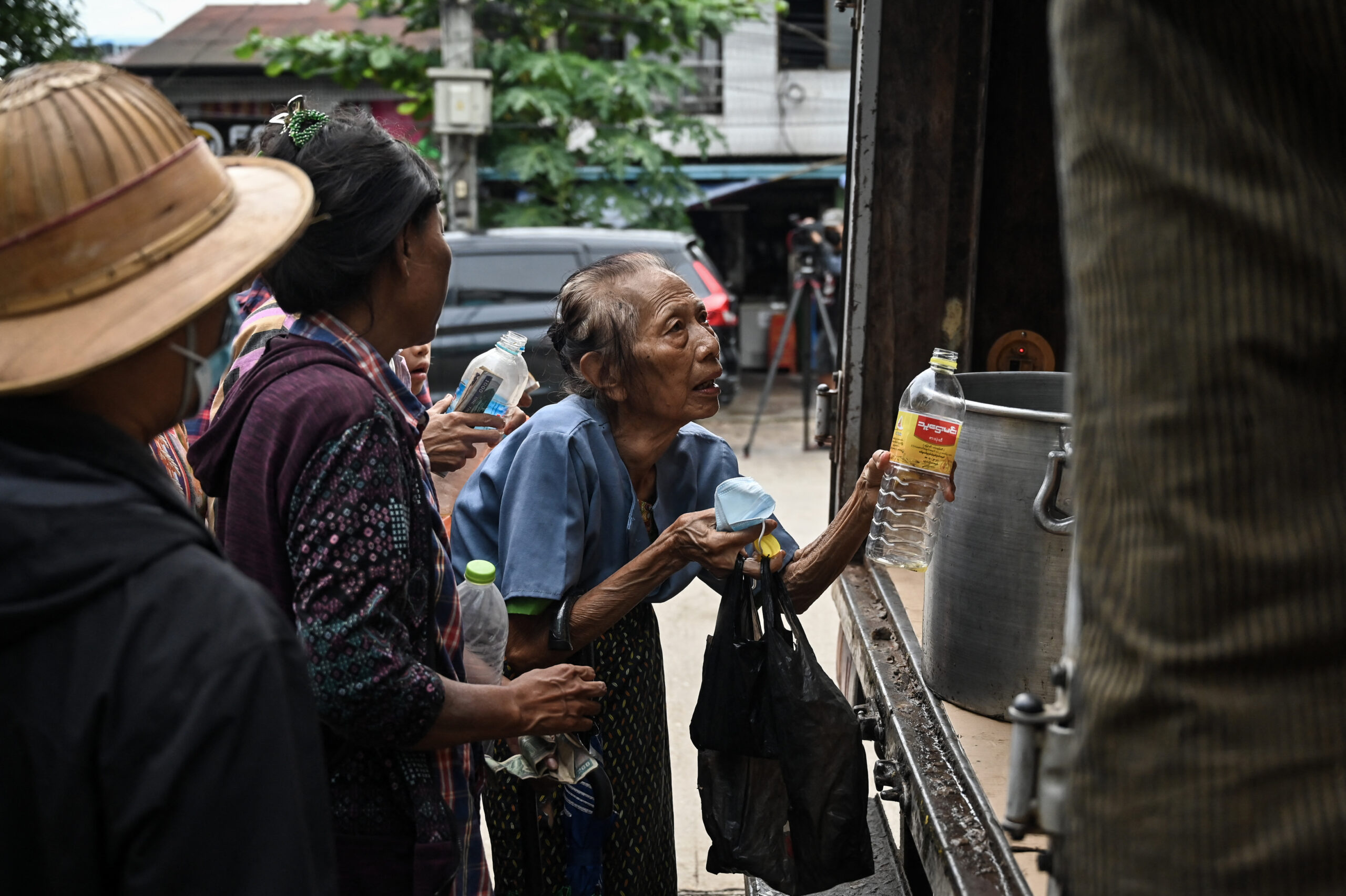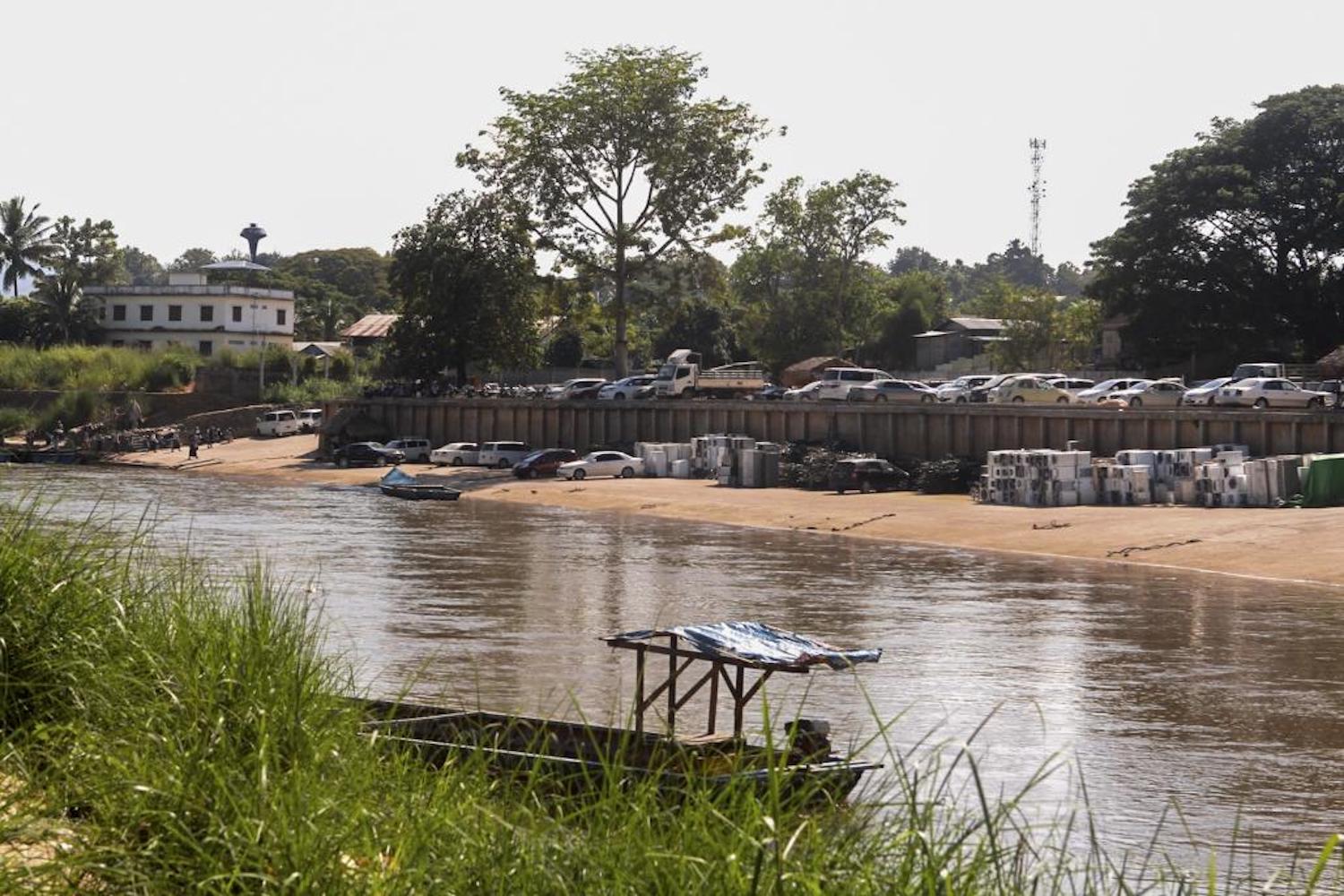The import of right-hand drive vehicles will be banned from next year in a move that will affect a second-hand car market worth an estimated US$1.5 billion a year.
During the military dictatorship, ordinary citizens were not allowed to import vehicles. The import ban was in force for decades and ensured that second-hand cars retained their value long after they would have been sold for scrap metal in most other countries. An old Japanese sedan or station-wagon could cost from US$50,000 to $100,000. So-called high-end SUV vehicles such as a Mitsubishi Pajero or Toyota Surf could cost up to $300,000. Under such an abnormal market situation, the top-brass and their cronies received huge benefits from exorbitant, artificially-inflated vehicle prices.
Vehicle imports were liberalised after U Thein Sein’s government came to power in 2011 under a policy that took derelict cars off the roads. Starting from September 8, 2011, the owners of old vehicles who handed them in to be melted for scrap were issued with an import licence. In a subsequent move, individuals were permitted to import vehicles. The total number of vehicles imported from September 2011 to November 2015 under the import licence scheme is nearly 200,000. The number of vehicles imported individually is 330,000. The total of vehicles brought into the country since imports were liberalised is 530,000. That’s about 140,000 vehicles a year, and calculated at a value of about $10,000 each, the market is worth $1.5 billion. Most vehicles are imported second-hand from Japan.
The necessary regulations will be announced soon for an automobile law that has been approved by parliament and will result in changes to vehicle import policies next year. I would like to discuss the implications of the changes, which include making left-hand drive vehicles compulsory, for the automobile market.
Despite most vehicles in Myanmar being right-hand drive, they are driven on the right, the same as the United States, South Korea, China and some European countries. Strangely, however, Myanmar has never had a law stipulating that only left-hand drive cars can be imported. I don’t think there are many countries in the world that allow the import of vehicles not compatible with their traffic rules. In right-hand drive Cambodia, a fellow ASEAN country as poor as Myanmar, the import of right-hand-drive cars is banned. There is no such ban in Myanmar and both right-hand and left-hand drive vehicles can be seen on the roads.
Most vehicle importers rely on the used car market in Japan, buying mainly from auctions. Government figures show that 90 percent of the vehicles imported during the last four years were used cars from Japan with left-hand drive.
Support more independent journalism like this. Sign up to be a Frontier member.
The current import regulations – whether by handing in a car older than 20 years in return for a licence or importing individually – allow for left-hand and right-hand drive vehicles to be imported. This will change from next year, when individual imports will be limited to left-hand drive vehicles made since 2014. It is a huge market because the number of vehicles imported individually during the last four years exceeds 300,000, most of which were right-hand drive cars bought at auction in Japan. When the new law takes effect, importers will have to bring in vehicles from South Korea, China and some European countries.
This will result in higher prices, say importers. A car imported from Japan costs about $5,000 landed at port and taxes and registration fees are about another $3,000, taking the total amount to about $8,000 (about K10 million).
Now that cars cannot be imported from Japan, car users will suffer a financial penalty if the taxes are not changed. The Myanmar people have lower incomes than those of neighbouring countries but will have to pay more for a car than their neighbours. This is unfair. The government needs to urgently review its vehicle import policy to ensure that those who most benefit are the Myanmar people.






